
Consume your production first: How does a micro inverter push power into the grid?
In our Robinsun plugin solar kits, solar panels are connected to a micro inverter which turns direct current into alternating current for home use. Recently, we received questions about why the electricity generated by your micro inverter is used first before pulling energy from the public grid. We will reveal the theory of this phenomenon in this blog.
The basics of electricity flow
Electricity flows from a point of higher potential (higher voltage) to a point of lower potential (lower voltage). In simpler terms, electricity "chooses" the path of least resistance, flowing from a source with a higher voltage to one with a lower voltage. When a micro inverter is connected to your home's power system, it converts the direct current (DC) generated by the solar panels into alternating current (AC), which can be used by your household appliances. At this point, the micro inverter slightly raises its output voltage to ensure that it is higher than the voltage supplied by the public grid. This “pushes” the power from the micro inverter into the grid. This higher voltage from the micro inverter creates a potential difference, ensuring that the electricity generated from your solar panels is consumed before the electricity from the grid. For example:
- If the grid is supplying electricity at 230 volts, the micro inverter might increase its output to 231 volts or a bit more.
- Since the micro inverter’s voltage is slightly higher, your home appliances will naturally draw electricity from the micro inverter first, as electricity flows from the higher voltage source (micro inverter) rather than from the lower voltage source (the grid).
Shorter transmission distance, lower resistance
Another factor is the proximity of the micro inverter to your home. The micro inverter is typically installed within your home, close to your household appliances. The electricity produced by the micro inverter has a much shorter distance to travel compared to the electricity coming from the grid, which must travel from power stations through kilometers of transmission lines. During the transmission, some energy is lost due to resistance in the wires. This results in the grid power arriving at your home with slightly lower efficiency compared to the electricity generated on-site by your micro inverter. Since the solar-generated electricity travels a shorter distance with lower resistance, it’s delivered more efficiently to your appliances. This further reinforces the priority for solar energy consumption in your home.
Battery storage available
Although the logic behind your priority consumption of power from solar panels and micro inverters is clear, there are circumstances where you don’t consume much in the daytime. We recently launched battery systems to close the final gap. You can store your surplus energy produced by your plugin solar kits during daytime for later use. We now offer Anker Solarbank, Anker Solarbank 2 Plus, and Anker Solarbank 2 Pro. Solarbank works with solar panels and a micro inverter while the Solarbank 2 series integrate micro inverters inside and can be stacked for larger capacity with extension batteries. Check on our previous blogs for more information or call us immediately.
Conclusion
In summary, your micro inverter generates electricity at a slightly higher voltage than the grid and delivers it over a shorter distance. It makes sure you naturally consume solar energy first, saving you money and making the most of your clean, renewable power. But if you want to make the most of your production, consider batteries to store your excess power and save more! Contact us via email, WhatsApp or call us directly if you have any further questions.

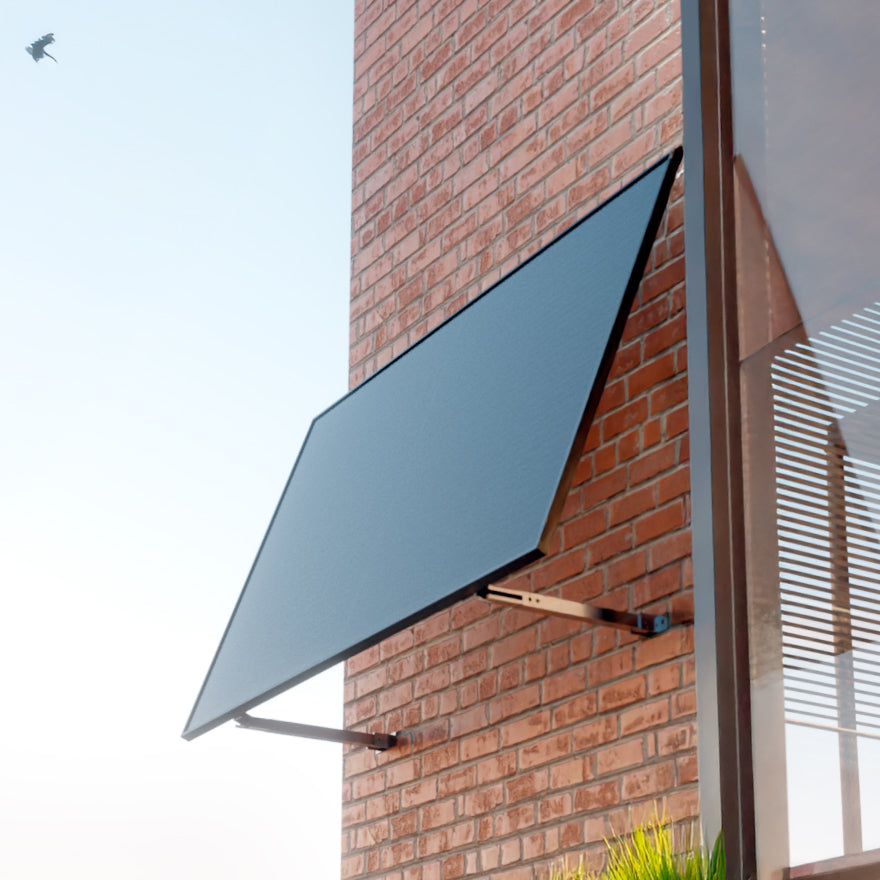
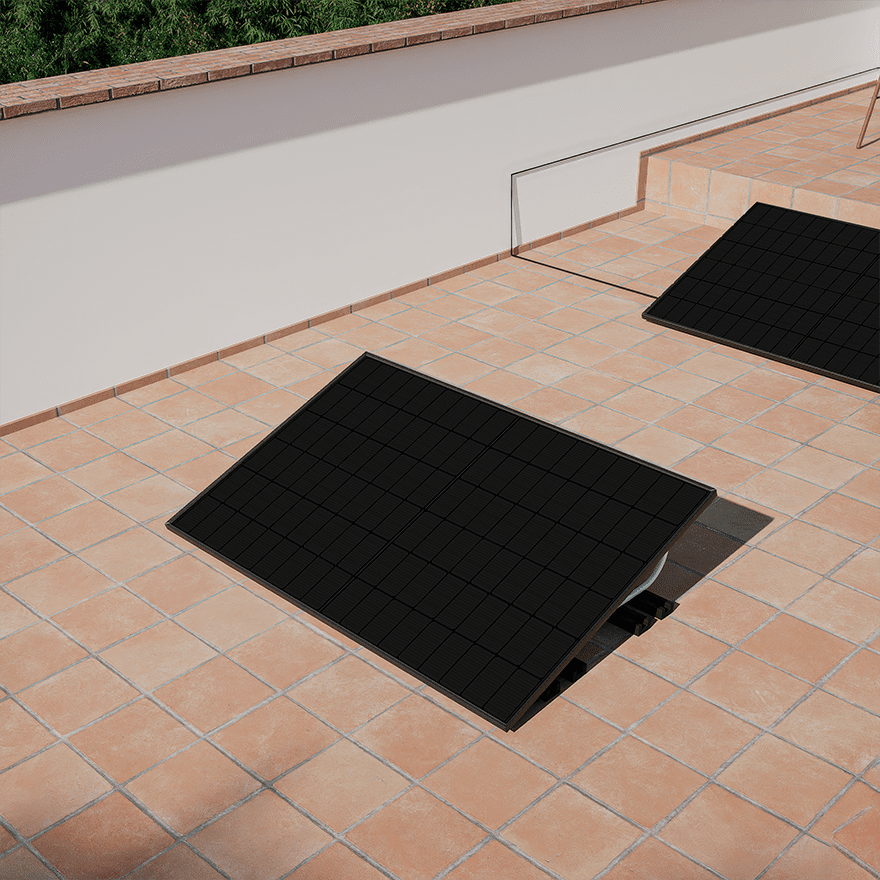
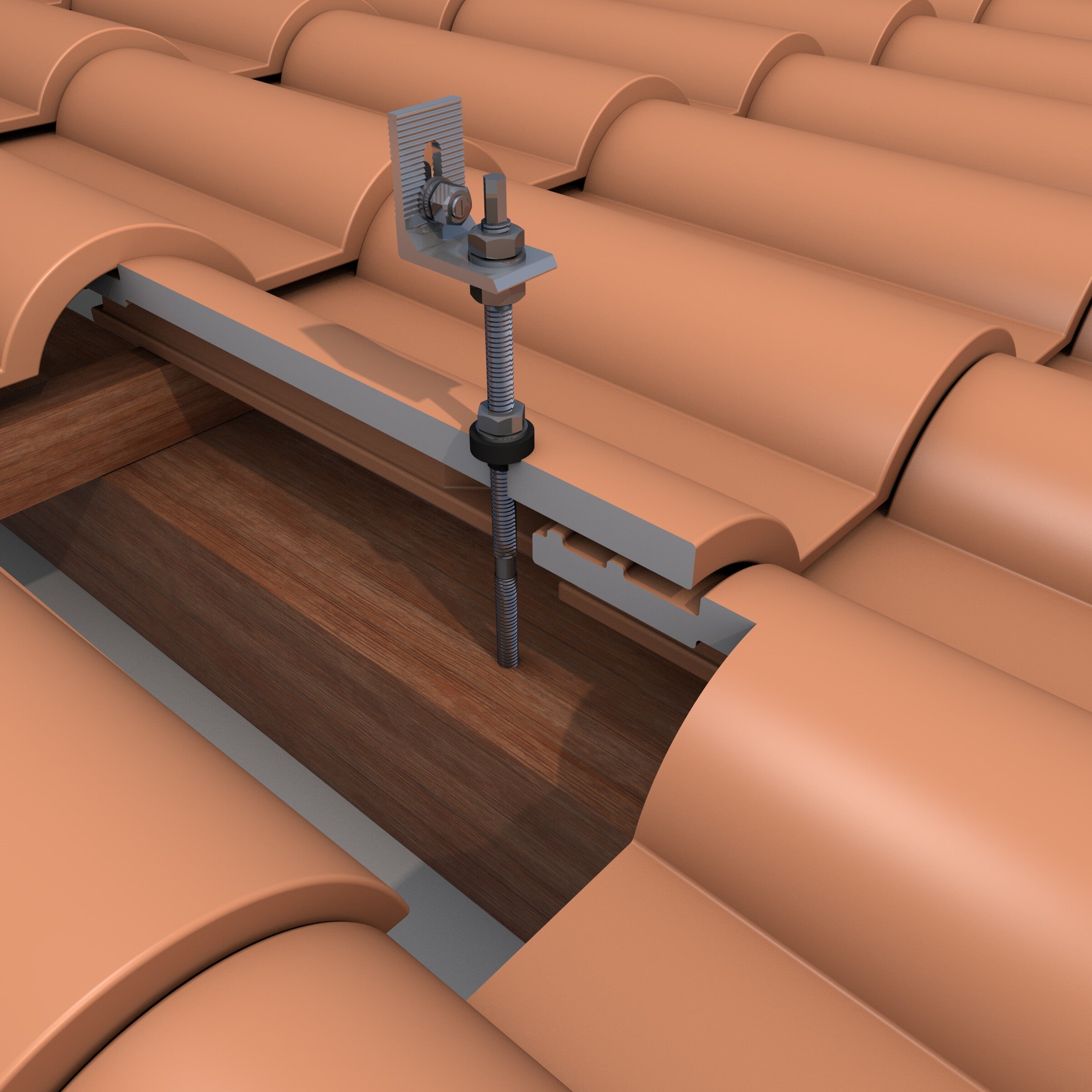
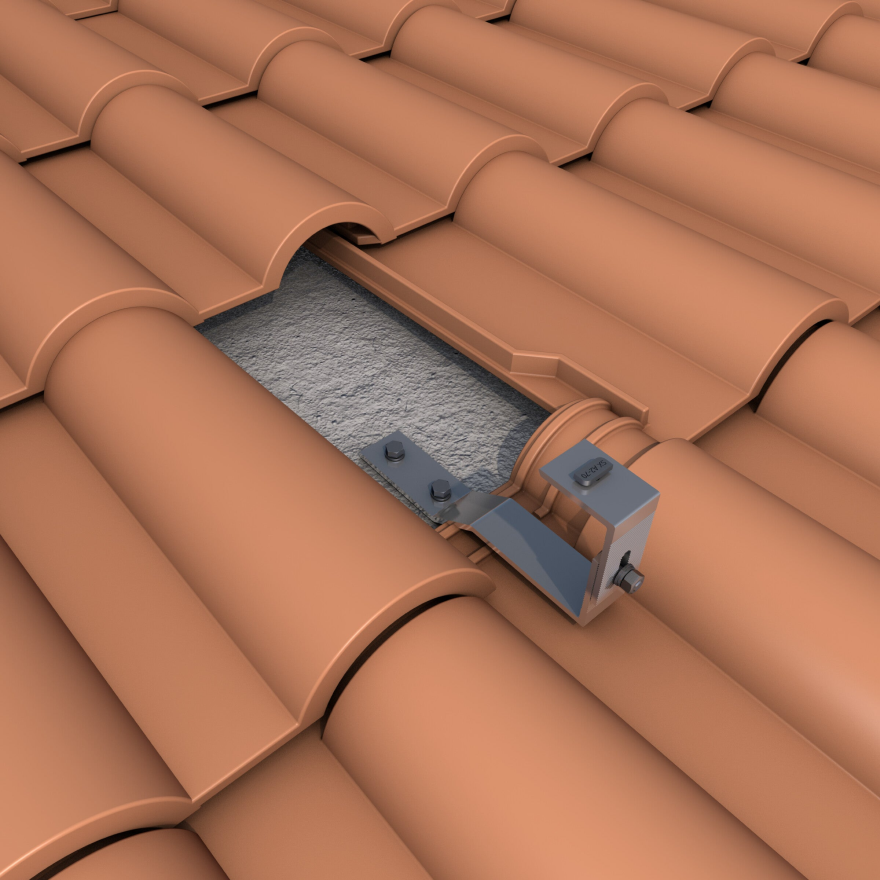
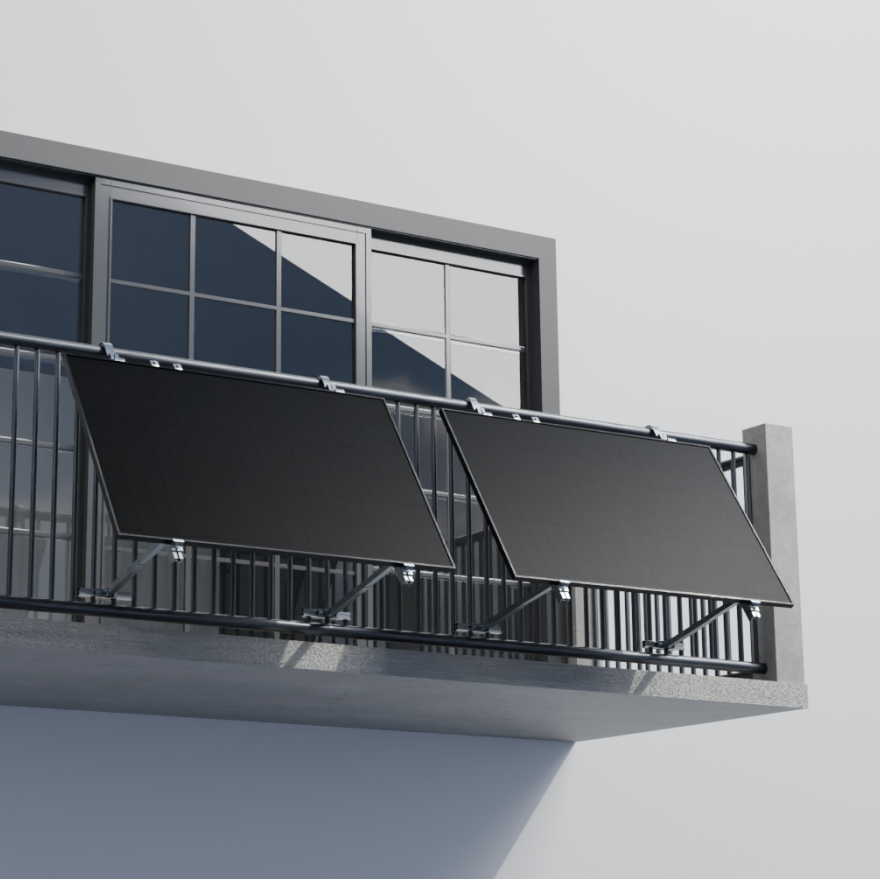
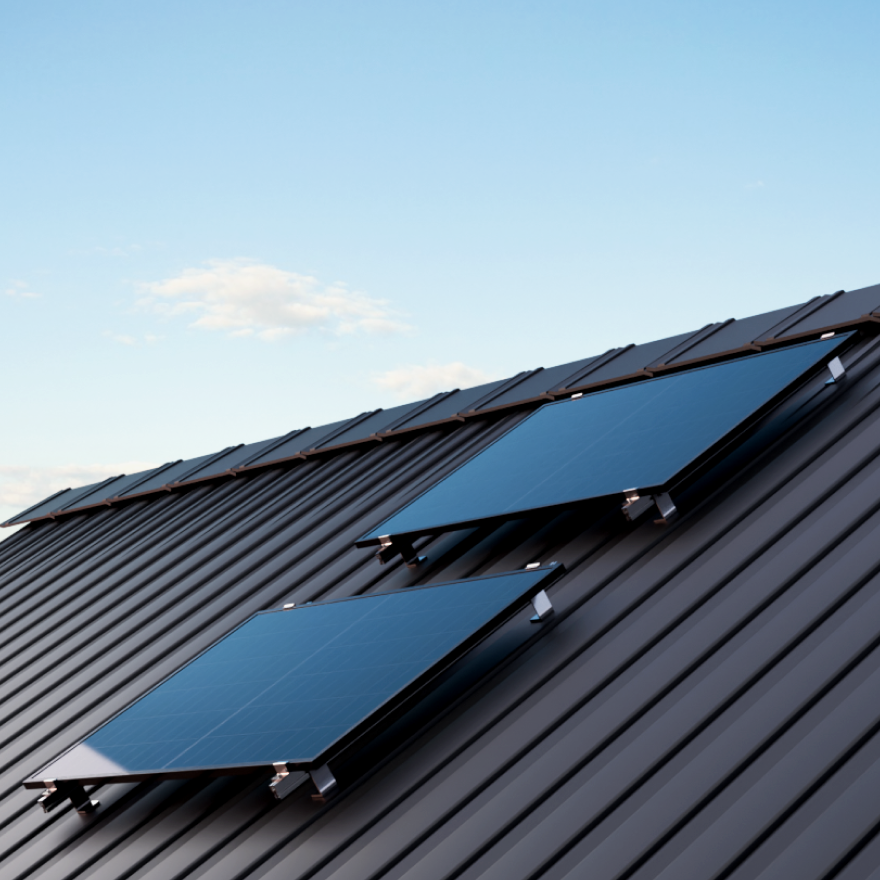
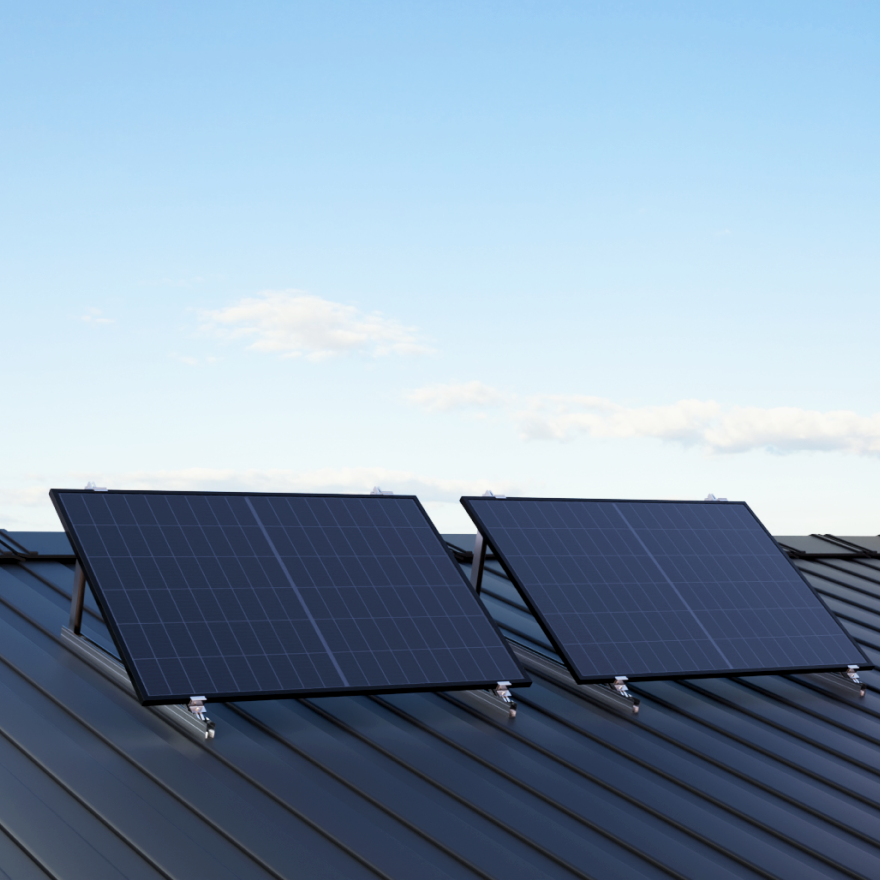


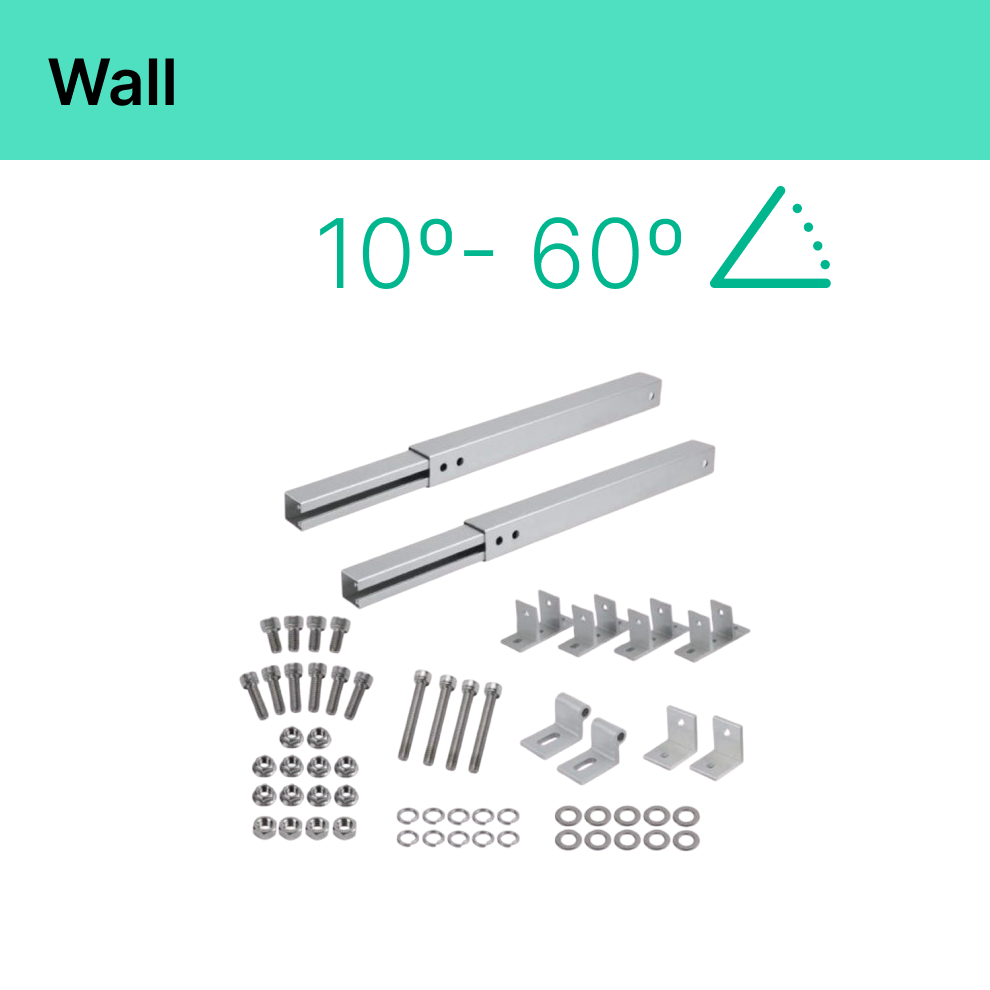
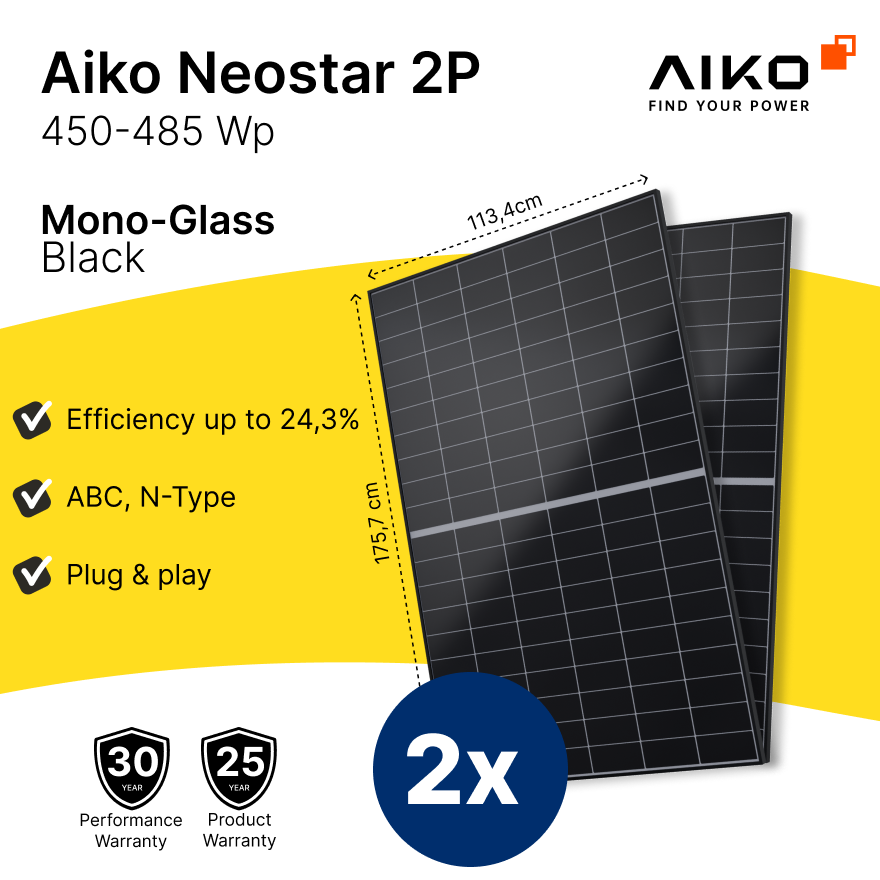
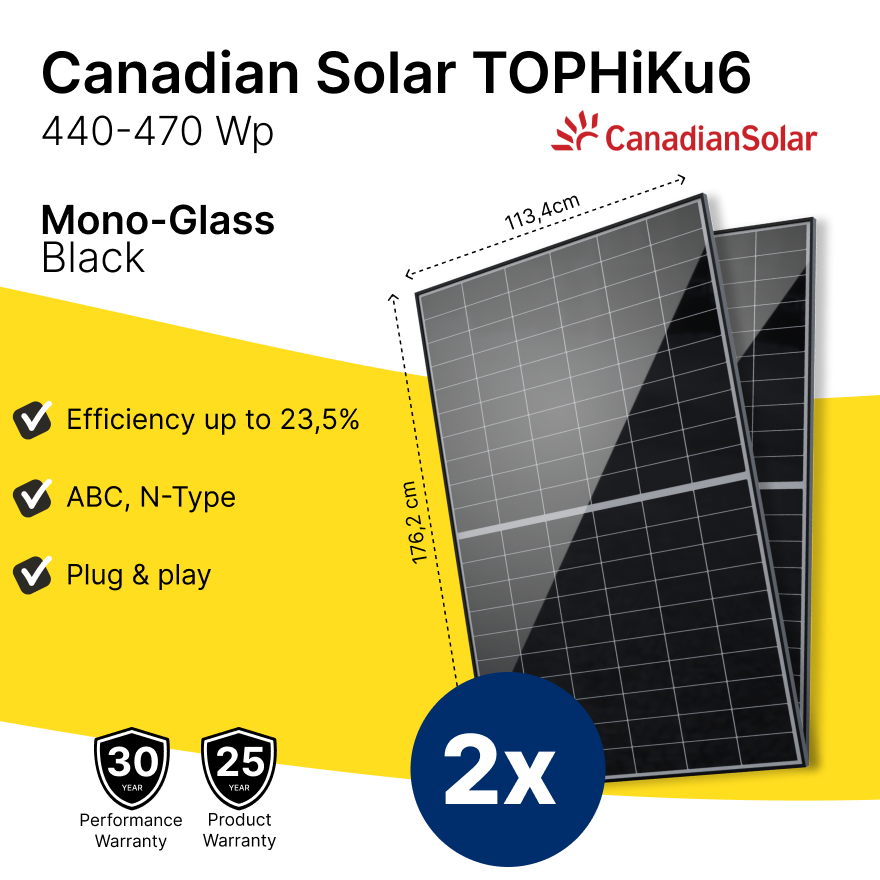
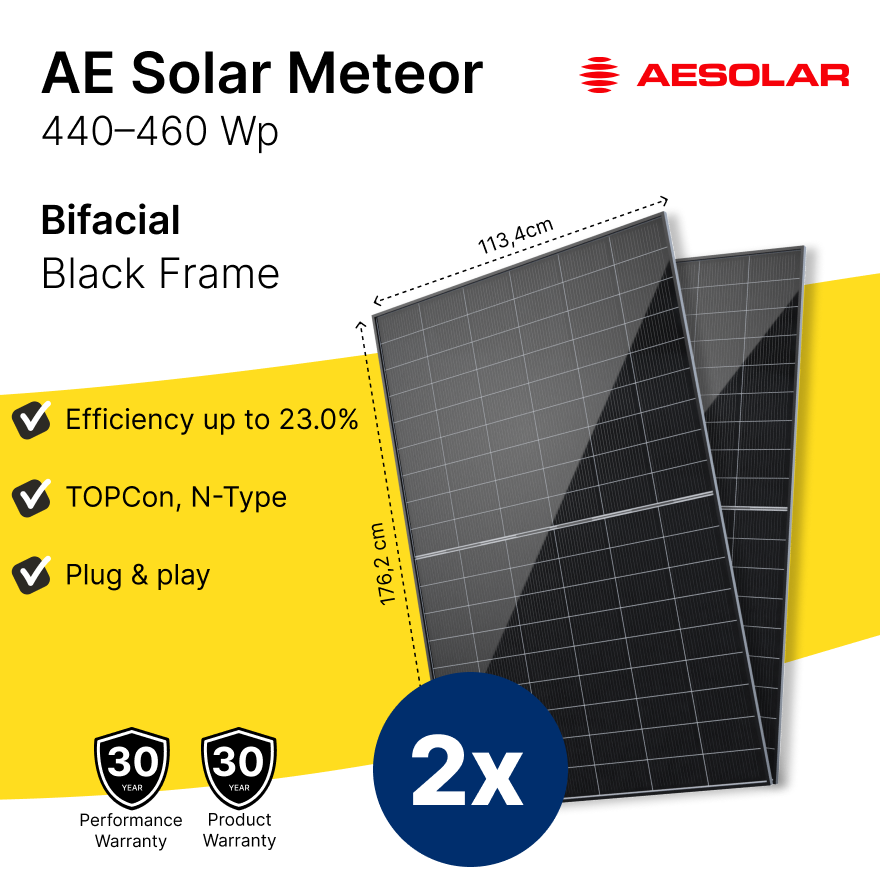

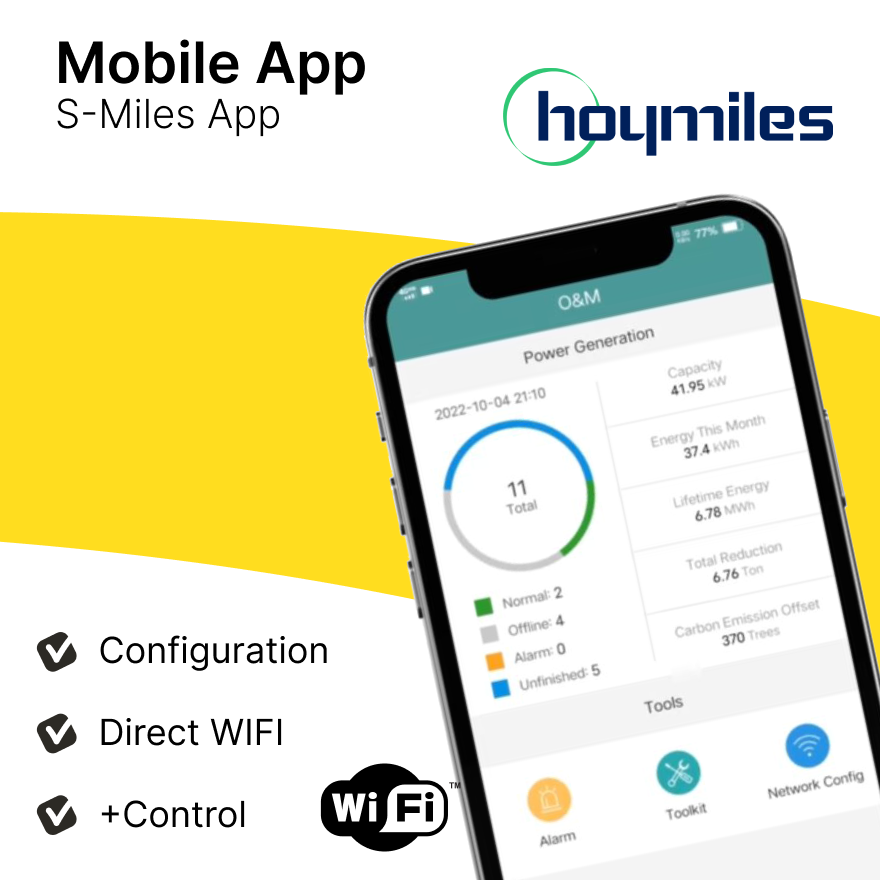
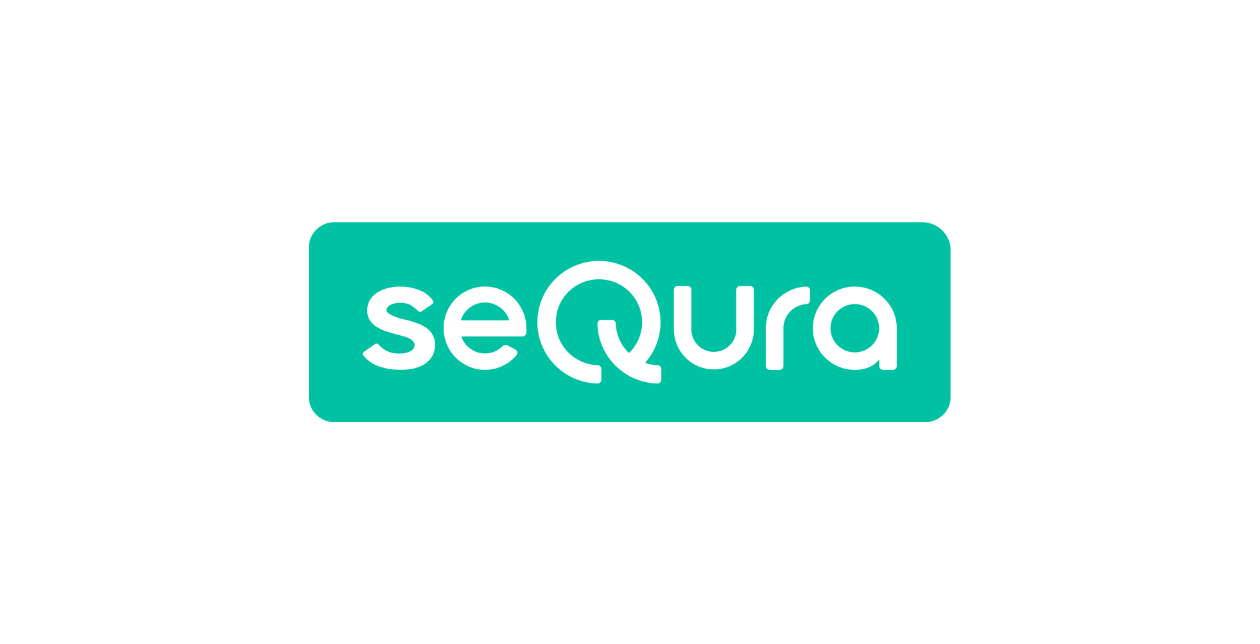

2 Kommentare
Le réseau public est 240v
Les micro onduleur 235,7v.
Que dois-je faire pour augmenter la production ou faire baisser le réseau public.
Parizot
Merci pour vos explications. Cela devient de plus en plus clair.
Francotte
Hinterlasse einen Kommentar
Diese Website ist durch hCaptcha geschützt und es gelten die allgemeinen Geschäftsbedingungen und Datenschutzbestimmungen von hCaptcha.